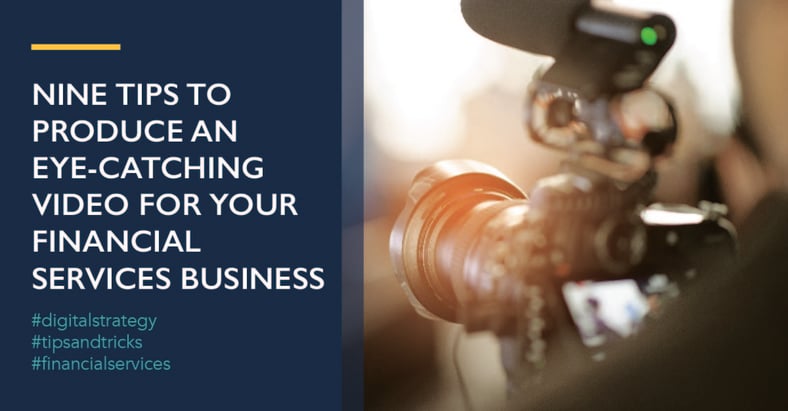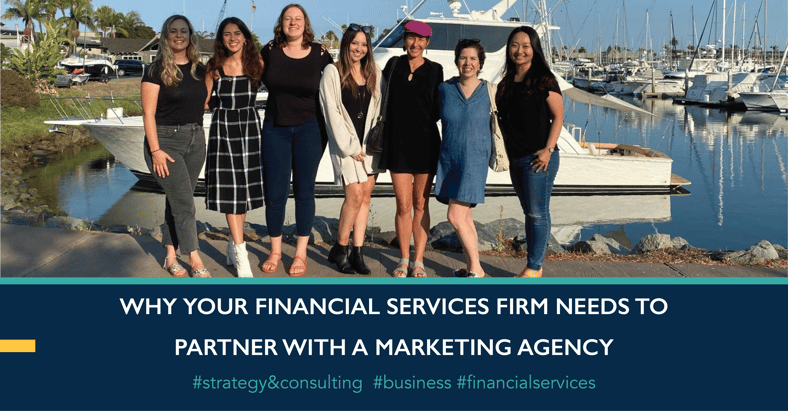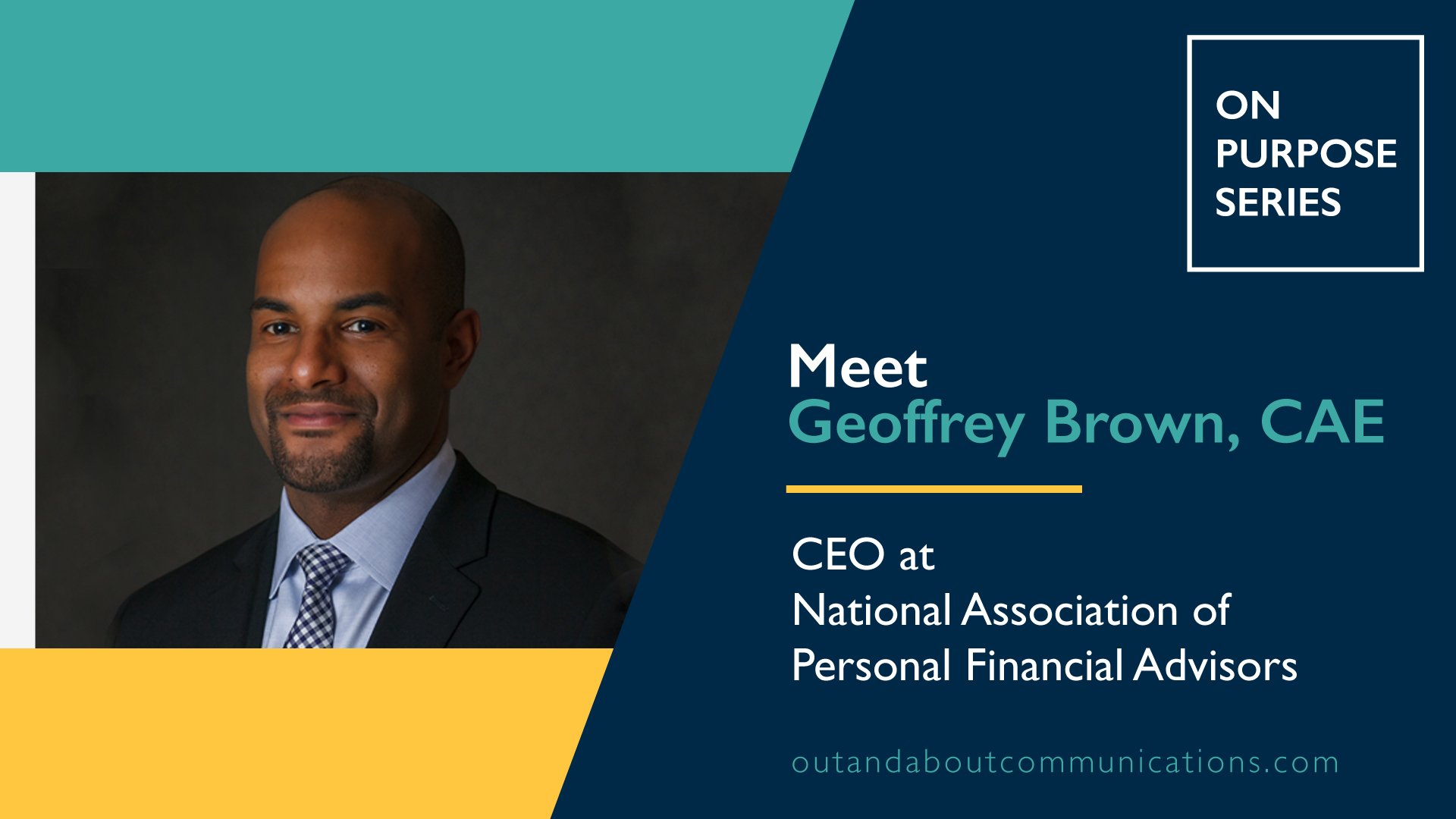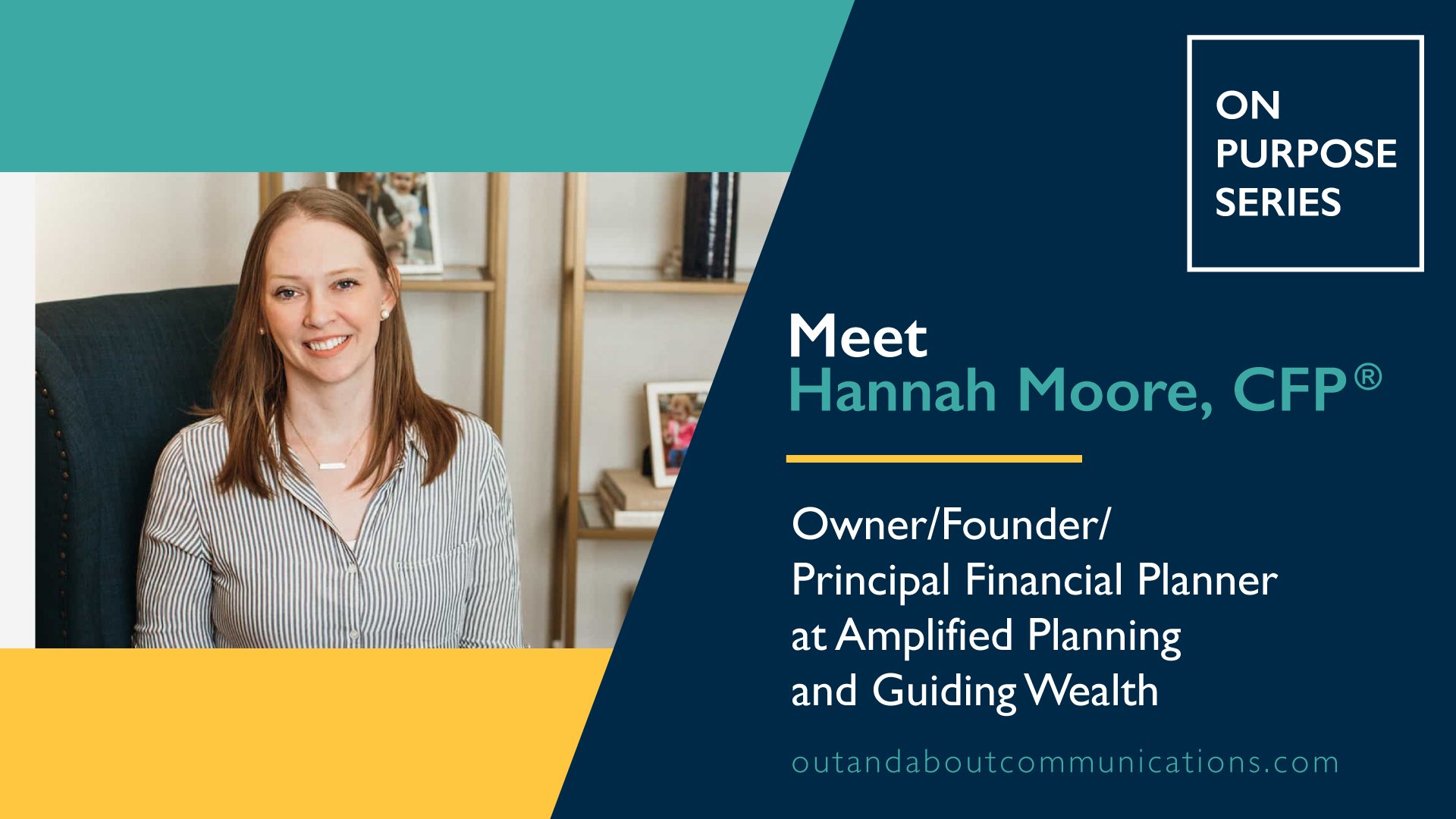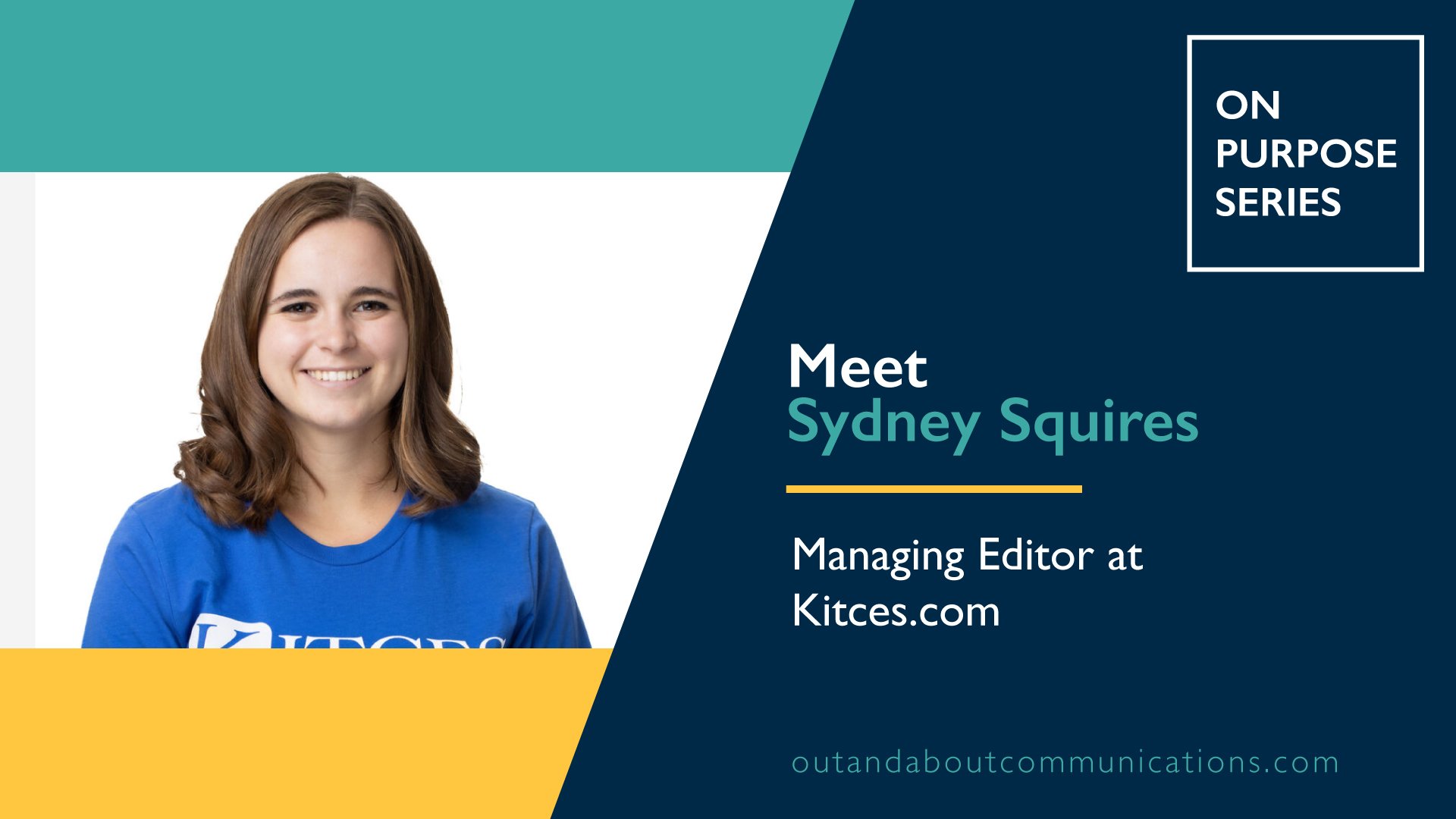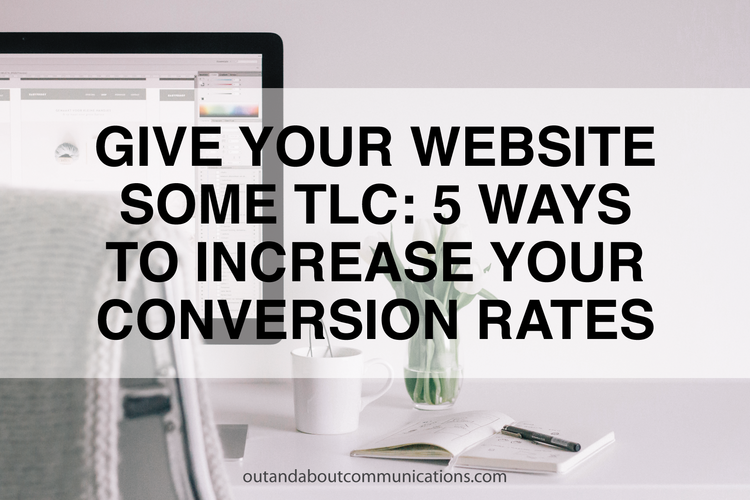
By Lauren Hong
Here’s something we preach day-in and day-out at Out & About Communications (so much so, that we might as well have bumper stickers fabricated): Your website is your 24/7 sales(wo)man.
We’ve run into countless situations where organizations are ready to take their marketing to the next level, only to find that they’ve neglected to give their website the TLC it needs to do its job: welcome your visitors, tell them exactly what you do, and encourage them to learn more.
As a marketing entity unrestricted by time or geographics (unlike our potential bumper sticker), your website carries a never-ending potential for converting cold prospects into paying customers.
Countless paths to conversion
Conversion = successfully getting your website visitors to take a specific action. Maybe it’s to fill out your contact form. Or to sign up for your email newsletter. Or to buy a product. The list goes on...as do the best practices for increasing your conversion rates. Before you bite off more than you can chew, here are five ways we recommend starting when evaluating how your website could better serve its conversion purposes:
1- Know what your audience wants. Perhaps this comes off as marketing 101 -- that’s because it is. Only, this isn’t the “define your ideal customer” exercise you do before you truly set off on a business venture. This is the “see what they’re already doing -- and do more of that” principle. (SWTADADMOT, for short -- or not.) Here’s what we mean: Make use of advanced tools like Google Analytics or CrazyEgg to see how your audience is navigating your website, what they’re engaging with, and when they’re bouncing. Then, make updates based on that information. If they’re bouncing from your home page upon arrival, maybe it’s not entirely clear what you do. (Test: Make your value proposition stand out, whether via copy or images.) Maybe they’re getting to the contact form but deserting midway though. (Test: Restrict your asks on that form to only the most necessary info.)
2- Don’t be afraid to experiment -- but always be split testing. This is actually a two-parter. First: Don’t be afraid to make changes. Though your website’s pages were written mostly as static content, they weren’t drawn in permanent marker. Keep in mind that even that which seemed to be working for a while may need some re-optimization now. Part two: As you make changes -- even the most incremental changes, always keep your split testing hat on. Manual split testing (AKA a/b testing) can be done with smart use of Google Analytics (and email providers like MailChimp take care of it for you, too), or you can go with user-friendly platforms like Optimizely andUnbounce to get it done. Two (of many) keys to split testing: 1. Go back to 7th grade science class, and rekindle your knowledge of controls vs. variables. Only test one variable at a time. Multi-variate tests complicate things. 2. Let your tests run long enough to be able to gather enough data to make fair observations.
3- Jump on the content marketing bus. Whether or not you scoff at the mention of content marketing is up to you, but one thing’s for certain: It’s here to stay, and it’s critical in generating more leads. Your blog alone should be populated with fresh, SEO-friendly content that adds value. To take content marketing to the next level in increasing website conversions, enhance your content with a content upgrade (typically an additional level of value readers can get by signing up) in order to increase email list conversions. In addition, extend your content marketing strategy beyond your own blog. Guest posting on others’ sites not only gets you in front of new audiences, it creates backlinks to your site that make Google happy.
4- Strengthen your calls-to-action. Don’t just assume your visitors know what to do -- explicitly tell them. That’s what calls-to-action are made for, yet often, they’re not used correctly. When we’re considering ways to optimize your calls-to-action, there are a few things to consider: placement, copy, design, and volume. A bit more on each:
- Placement is important because you don’t want visitors to see your call-to-action before they’re properly primed to take action, nor do you want it so far down that they’ve lost interest.
- When it comes to copy, using words that inspire action but also have a positive connotation, like “join”, mixed with a sense of urgency, like “Join now!”, will be more effective than a simple “Subscribe” button.
- Design-wise, focus on contrast. It’s important that you call-to-action stands out amongst the crowd.
- Here’s what we mean by volume: If you give your visitors too many choices, indecision will take over. Follow the general rule of one call-to-action per page. (That CTA can be repeated more than once on the page, but should be encouraging the same action.)
Finally, go back to number two on this list, and split test all of the above elements of your CTA.
5- Make it easy for people to get a hold of you. We’re back to marketing 101 here, but it’s for good reason. Your website should not be an absolute end point -- especially if you’re a service-based business. Don’t hide your phone number or your general email address; make them big and bold. Despite being an amazing salesperson for you, your website cannot possibly anticipate every question a prospect might have. Give them the option of reaching out directly. An easy solution: Include your contact info on the footer of every page.
Optimize → Test → Convert
Your website is your digital home. It needs to be more than a pretty interface. Increasing conversion of your website’s goals means, in many instances, decreasing your cost of customer acquisition over time. And, as an added bonus: In optimizing your website for conversion purposes, you’ll also naturally enhance your users’ functionality -- a win-win.
----
Lauren Hong is the President and Founder of Out & About Communications, a full-service integrated marketing agency based in San Diego. A traveler, relationship-builder, and graphic designer by trade, she leads a 15+ person team of specialists that transforms its clients’ marketing by cutting through the digital clutter and setting brands apart.

